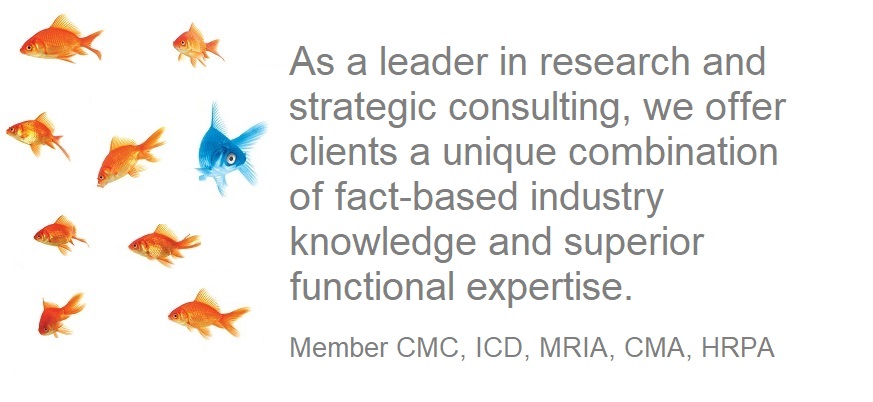
An Arcus report titled “Developing a Strategy for Execution” addresses the essential components of effectively translating strategy into action within organizations.
Importance of Execution: The report emphasizes that while developing a strategy is crucial, the real challenge lies in executing it effectively. Many organizations struggle with execution, leading to a gap between strategic planning and actual results.
Clear Priorities: One of the fundamental steps in successful execution is establishing clear priorities. Organizations must identify and focus on a few critical goals rather than spreading efforts too thin across numerous objectives. This clarity helps align the efforts of various teams and individuals.
Consistent Communication: Effective execution requires consistent and clear communication of priorities and progress. Leaders need to regularly communicate strategic goals and updates to ensure everyone in the organization understands the direction and their role in achieving it. This fosters alignment and accountability.
Commitment and Accountability: The report highlights the importance of commitment at all levels of the organization. Leaders must demonstrate their commitment to the strategy through their actions and decisions. Additionally, establishing accountability mechanisms ensures that individuals and teams are responsible for their contributions to strategic goals.
Flexible and Adaptive Plans: Strategies should not be rigid. Sull advocates for flexibility and adaptability in execution plans. Organizations must be able to respond to changing circumstances and new information. This requires a balance between sticking to the strategic course and making necessary adjustments.
Resource Allocation: Effective execution involves aligning resources with strategic priorities. This includes financial resources, personnel, and time. Ensuring that key initiatives are adequately resourced is essential for their success.
Performance Measurement: Regularly measuring performance against strategic goals is crucial. Sull suggests using a combination of leading and lagging indicators to track progress. Leading indicators can provide early warnings of potential issues, while lagging indicators confirm whether goals have been achieved.
Engaging the Organization: Broad engagement across the organization is necessary for successful execution. Leaders should involve employees at all levels in the planning and implementation process. This engagement builds ownership and motivation, driving collective effort towards common goals.
Continuous Improvement: Execution should be viewed as an ongoing process rather than a one-time effort. Organizations need to continuously assess and refine their execution strategies based on feedback and results. This iterative approach helps to sustain momentum and adapt to new challenges.
Leadership’s Role: Leadership plays a pivotal role in successful execution. Leaders must not only set the vision and priorities but also model the behaviors and attitudes needed to drive execution. They should support their teams, remove obstacles, and foster a culture of accountability and continuous improvement.
In conclusion, the report provides a comprehensive framework for bridging the gap between strategy formulation and effective execution. By setting clear priorities, communicating consistently, committing resources, measuring performance, engaging the organization, and fostering a culture of continuous improvement, organizations can enhance their ability to turn strategic plans into tangible results. Leadership is central to this process, requiring both strategic vision and practical implementation skills to guide the organization towards its goals.
Services

Arcus offers clients a unique combination of fact-based industry knowledge and superior functional expertise. Our consultants have an average of over 22 years experience, twice the industry average. Find out more about our growth, change management and operations services.
At Arcus we believe that a strategy is only as good as the results it delivers. Strategic outcomes are most predictable and effective when companies develop a portfolio of initiatives that are aligned with core competencies and aligned activities enable the company to offer a superior value proposition.
Please contact Arcus for case studies and to discuss how we can help you.
Service coverage
The variety, breadth, and depth of the projects where Arcus can be a resource are made unique by each client’s specific needs. By providing a very small sample of projects we’ve completed, we can help you understand how and when to use our services. Visit the links below to find out more about a specific problem or opportunity you would like to address.
Below is a sample of the range of services that Arcus has provided to clients.
- A survey of 2,350 consumers and 1,320 business leaders for feedback on sustainability trends
- Architecting a multi-year change strategy for a Fortune 500 company
- Mentoring a CEO on organizational change
- Excellence transformation of a leading B2B services company
- Creating a new sales deployment model for a healthcare company
- Developing a position evaluation and compensation model for a professional medical association
- Improving services to customer segments by deepening their understanding of customer attitudes
“Arcus manages to consistently deliver tangible results on market research and strategy projects. They combine deep business expertise, powerful research capabilities, and innovative thinking to deliver substantial value.”
– Vice President, Nikon
Data Dashboards
- Empower your decision-making with comprehensive, trusted data.
- Gain actionable insights with access to real-time Canadian consumer, business and sector spending and location data.
- Inform economic policy, investments, sales deployment and strategic plans by looking at trends across different industries and regions in Canada.
- Influence your businesses’ future growth plans by understanding consumer behaviour
Media Coverage
Arcus has been quoted extensively in media on a range of topics and can offer research studies, insights and ideas. Here are some examples from the Globe and Mail, CTV, Global TV and others.
- Nordstrom countdown to opening begins – Toronto Star
- No lineups outside stores in five years – BNN
- Black Friday retail, marketing, and cross-border shopping trends – BNN
- Does global expansion need a local flavour? – Globe and Mail
- Art of the Pitch – Protect company’s interests when approaching giants – Globe and Mail
- Off-the-shelf technology or a custom design? – Globe and Mail
